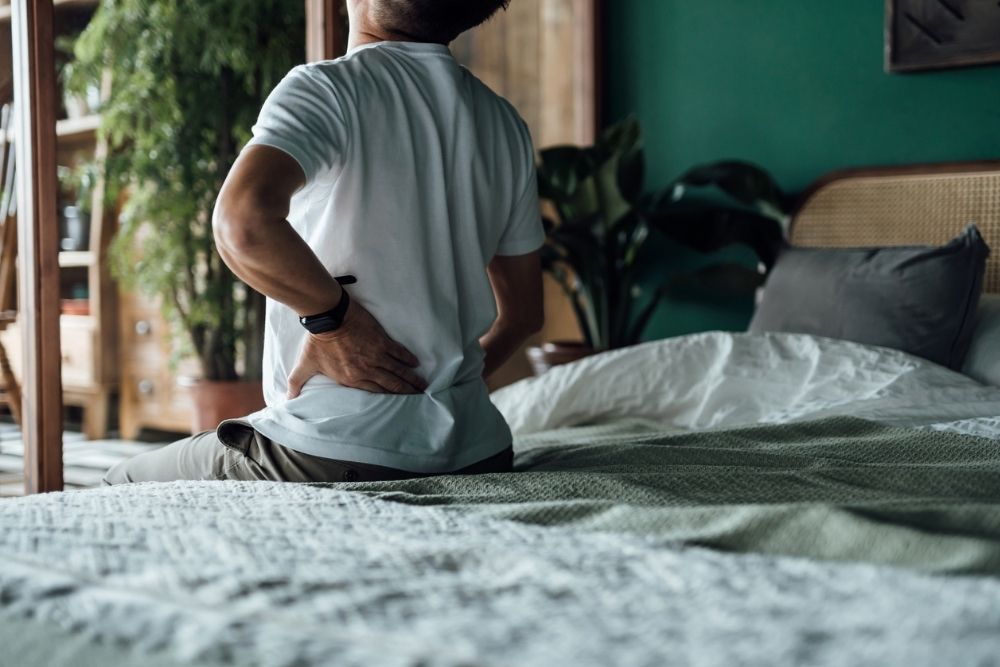People with chronic pain often feel like no one understands their pain, or worse, like people do not believe their pain is real. Sometimes, it seems like doctors, friends, family members, and others blame them or think they are exaggerating. If the person has a behavioral health diagnosis, this is often used as a reason why the person does not need medical treatment.
At Palms Behavioral Health in Harlingen, Texas, we treat people who are experiencing acute psychiatric issues, and we know that there is a strong link between mental and physical health. That’s why we think it is important for our patients and their families to understand these connections and to have the tools to manage chronic pain.
Very Real Pain
It is important to understand that the pain people with mental illness experience is very real. 50 million adults in the United States live with chronic pain, and many of them also have mental health conditions. It’s not something they are faking or imagining, even if they happen to also have a psychiatric diagnosis.
- Depression and anxiety have both been shown to contribute to physical pain and make it worse
- Chronic pain can also make mental health conditions worse.
- People who start out with depression are three times as likely as the rest of the population to develop chronic pain. This often takes the form of Fibromyalgia, migraines, back pain, and arthritis
- People who start out with chronic pain are about three times as likely as people without chronic pain to develop depression or anxiety.
- Some people develop addictions because they are trying to medicate mental illness, chronic physical pain, or both. Alcohol, marijuana, opioids, and other prescription drugs are often used in this manner. One of the big problems for people who become dependent on opioids is that their pain tolerance grows lower over time, making it even more difficult to handle the pain they were trying to address.
At Risk-Groups
The groups that are at greatest risk for developing chronic pain are:
- Older adults
- Women
- People with American Indian or Alaskan Native ancestry
- Individuals who live in rural areas
- Unemployed people
- Individuals who live in poverty
- Caregivers
- Active-duty military and Veterans
Many of these groups are also at increased risk for depression.
Shared Triggers
It’s probably an oversimplification to just say that mental illness and chronic pain cause each other. They also have shared causes:
- The parts of the brain that allow us to experience physical pain are the exact same areas that contribute to anxiety and depression.
- Daily stressors can make both mood disorders and chronic pain worse.
- When people feel unwell, either physically or mentally, they tend to isolate themselves from others. Isolation can make people more depressed and also more aware of their pain.
- When people are in pain or depressed, there can be an inclination to curl up under the covers and let the pain pass. There may even be a fear of movement, because it makes the pain worse. Unfortunately, if people follow this natural inclination, it is most likely to make their pain and their mental health worse.
- When people are unwell, mentally or physically, they may be more inclined to choose comfort foods or foods that are convenient, which may not give their bodies or brains the nutritional building blocks they need to feel better.
Integrated Treatment
If there is any good news that can be drawn from this overlap between mental health and chronic pain, it’s that you can often treat the two problems together. What is good for your mind is typically good for your body and vice versa. Some of the strategies that are most effective in treating both problems include:
- Talk therapy, especially cognitive behavioral therapy (CBT)
- Seeing a pain management specialist
- Massage
- Physical therapy
- Moving your body by doing yoga, taking a walk, stretching, swimming, gardening, dancing, bicycling, or doing whatever you enjoy and can do safely
- Good sleep habits such as having a set bedtime you follow every night, not doing anything in bed except sleep, keeping your room cool, dark, and quiet, and stopping the use of electronics one to two hours before bedtime
- Avoiding nicotine, alcohol, and other drugs
- Eating a healthy, well-balanced diet, even if your meals are very simple
- Mindfulness practices
- Building a solid support system of friends, family, and professionals
- Finding a purpose and joy
At Palms Behavioral Health, we are committed to finding individualized treatment plans that will meet the needs of each patient we serve. We are sensitive to our patients’ struggles and mindful of their wishes.






